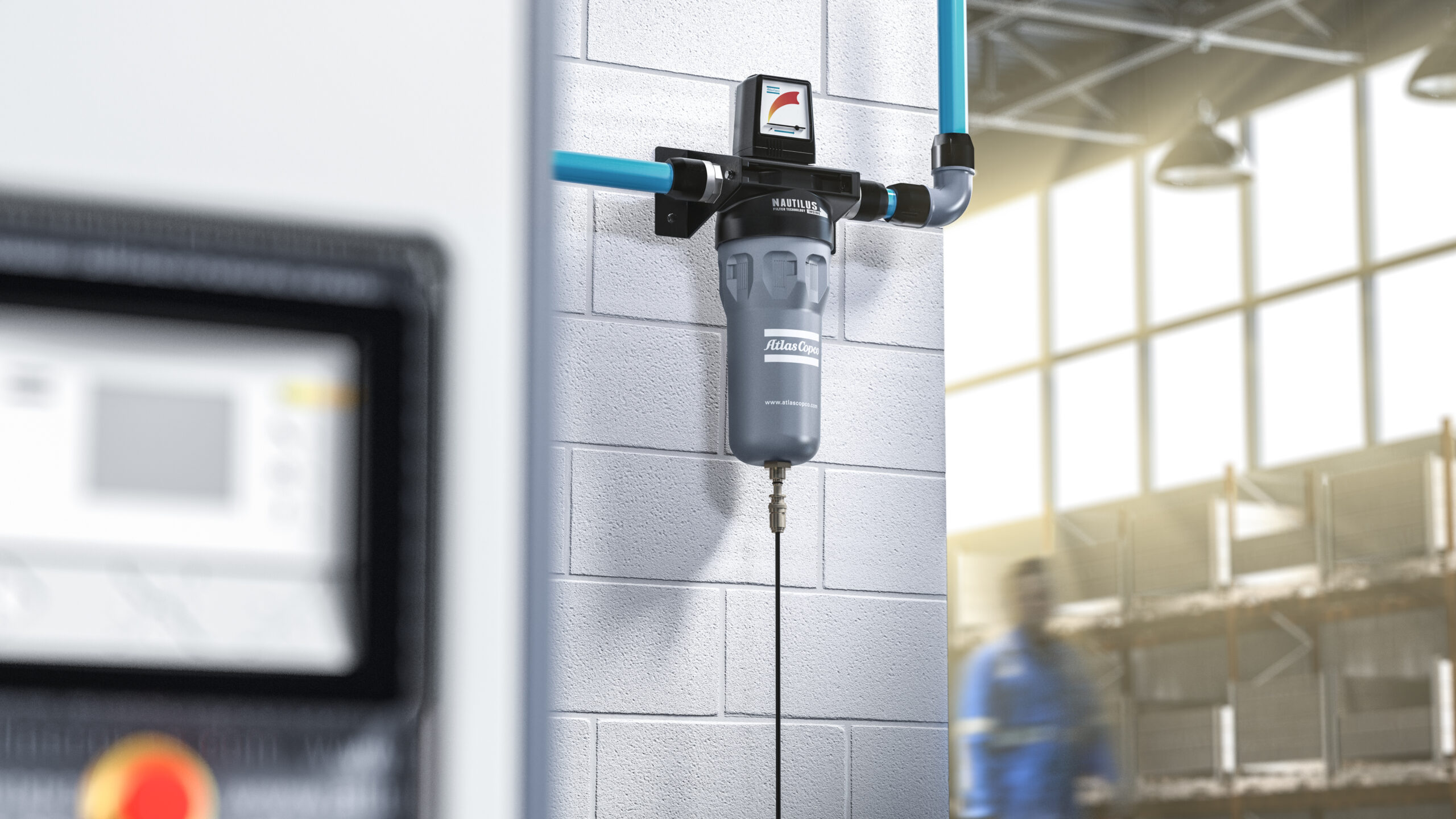Choosing a conveyor system can be a tricky business, but selecting a suitable conveyor for your business is essential to its success, as the right conveying technology can help increase profits, streamline processes and contribute to increased throughput and company growth. To help with the selection process, this blog will provide an overview of the different types of conveyors.
Conveyors are critical to increasing the efficiency and safety of industrial facilities as they help move product from one point to another in the quickest and safest manner. However, there are as many applications for conveyor belts as there are manufacturing facilities, which is why there are so many conveying solutions available.
But, before moving on to discuss the different conveyor belt types, let’s explore the ways in which a business might apply conveyors.
All types of conveyor belts are used throughout industry in a variety of operations, including:
- Moving products from point to point to make the process more efficient.
- Transporting products that are too heavy to be carried manually.
- Moving products along an assembly line as operators work on them.
- Delivering products to automated robotic systems for accumulation, assembly, processing, packaging or palletizing.
Understanding the Different Types of Belt Conveyor Systems
Because there are a variety of industrial processes that benefit from the use of belt conveying technologies and so many different products being processed, there are different types of belt conveyor systems available, allowing manufacturers to select the best possible solution for their individual application.
Here are the most common types of conveyors used throughout industry today:
Gravity Roller Conveyors: The surface of this conveyor belt type consists of rollers that are selected to match the weight and speed requirements of the product and application. They offer a simple, reliable and inexpensive method of transporting parts, products and packages.
Flat Belt Conveyors: One of the most versatile and widely used types of conveyors, flat belt conveyors are suitable for moving light- to medium-weight loads from point A to point B in a facility. Flat belt conveyors are generally friction-driven; the friction between the flexible flat belt and the drive wheel keeps it moving. They are simple in design and construction, which makes them a great option for general manufacturing needs.
Modular Conveyors: Modular conveyors use a single loop of interlocked pieces. They are suitable for applications that must travel around corners or those that require specific or unique conveyor layouts or designs.
Cleated Belt Conveyors: This type of conveyor features evenly spaced or strategically placed cleats or barriers in the design to provide consistent space between products or to improve grip and facilitate movement up and down inclines while preventing large and/or loose products from falling out of place.
Incline/Decline Belt Conveyors: Sometimes called Z-frame conveyors, incline/decline belt conveyors are used to transport materials and/or products to higher or lower elevations.
Stainless Steel Conveyors: Applications in the food and beverage or other sanitary industries often mandate the use of high-temperature, harsh washdown procedures. Sanitary stainless steel conveyors are designed to withstand these procedures and provide a food-safe surface.
Specialty Conveyors: There are also a host of specialty conveyors. Precision conveyors are designed to handle multiple product types and sizes. Vacuum conveyors are used for working with small, flat parts or other lightweight or thin materials. Metal-free conveyors transfer product through and out of metal detectors, metal-free zones or rejection systems. Backlit conveyors provide enhanced contrast between the product and conveyor belt for visual inspection and vision system interface. Rotating conveyors can rotate, reorient or flip products as they move along an assembly line.
How to Choose the Right Type of Conveyor
Because conveying systems are not a one-size-fits-all solution, it’s essential to work with a company that has expertise in engineering industrial conveyors. For the designer to develop the best system possible, it will be helpful to understand the following:
- The role the system is expected to play in the process: Is the conveyor moving parts, resequencing them, accumulating them or providing a work surface for assembly?
- The working envelope for the conveyor: Many facilities have space constraints, so it’s important to know where the conveyor will be located, whether placing it in a certain configuration may get in the way of other operations, if it will need to go around curves or require a unique layout.
- How parts will be loaded and unloaded: Some processes may be manually loaded or unloaded, some may feed automated systems and still others may require precise positioning, rotation or reorienting.
- Speed requirements: Different applications will have different speed requirements so there are a variety of options available to suit these needs.
- Working environment: Is the conveyor in a general manufacturing area or is it is a daily washdown environment that uses caustic chemicals?
Working with a firm that has experience with industrial conveying systems can simplify the process of selecting, designing and installing a conveying technology, no matter what type of conveyor belt is selected. And, remember there are different types of conveyors – from standard flat belt conveyors to stainless steel conveyors to modular conveyors to backlit conveyors – available to suit the needs of any application. Reach out to HTE, a Tavoron company, today to learn more about the type of conveyor belt system that will meet the requirements of the application and help your business increase efficiency, throughput, safety and profits.


